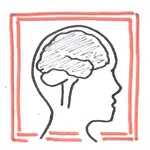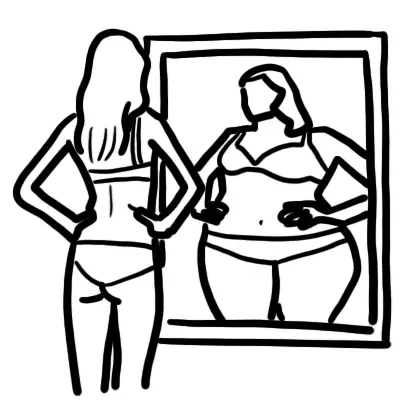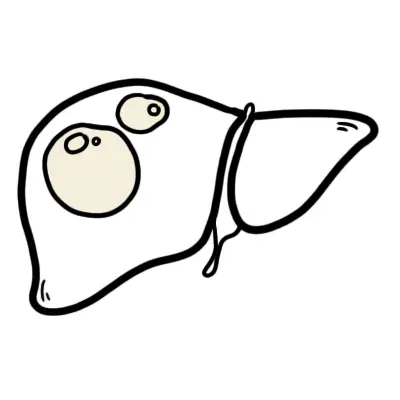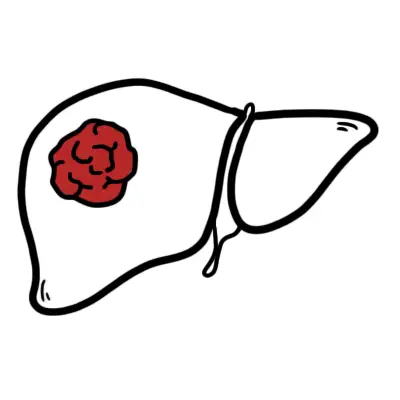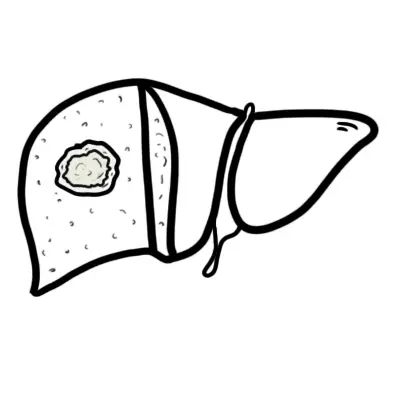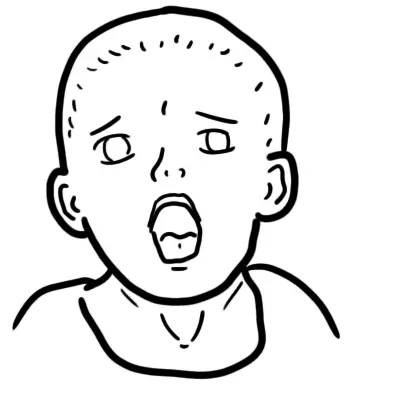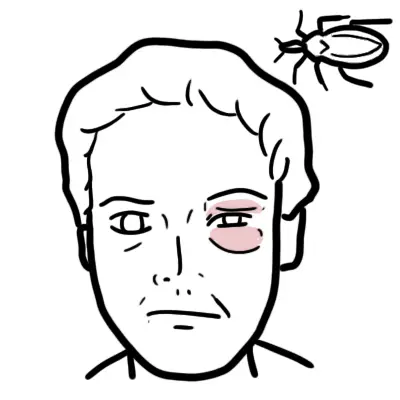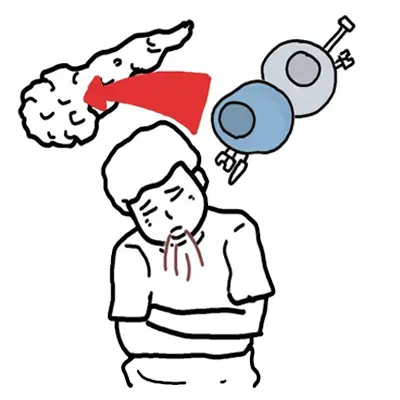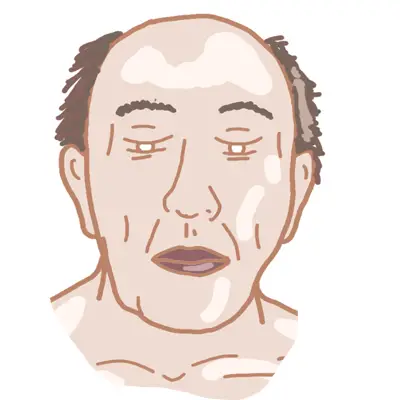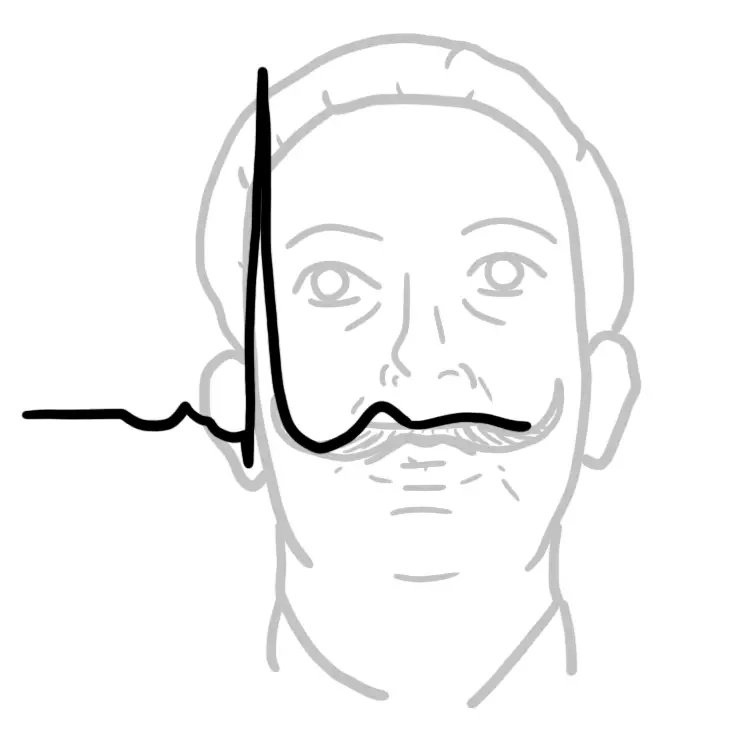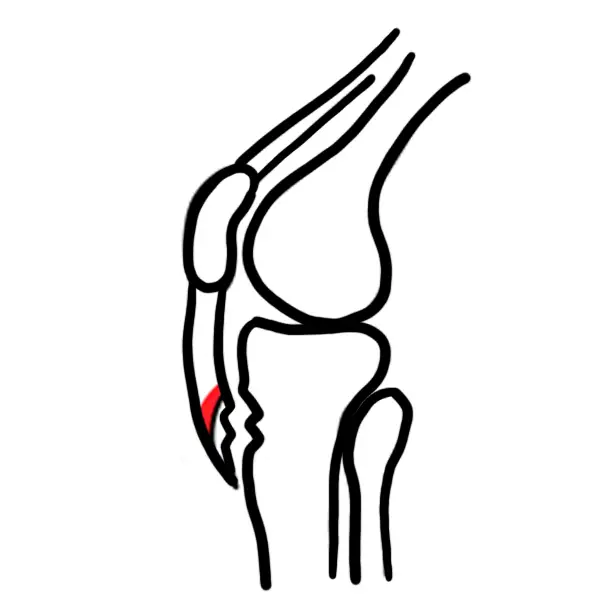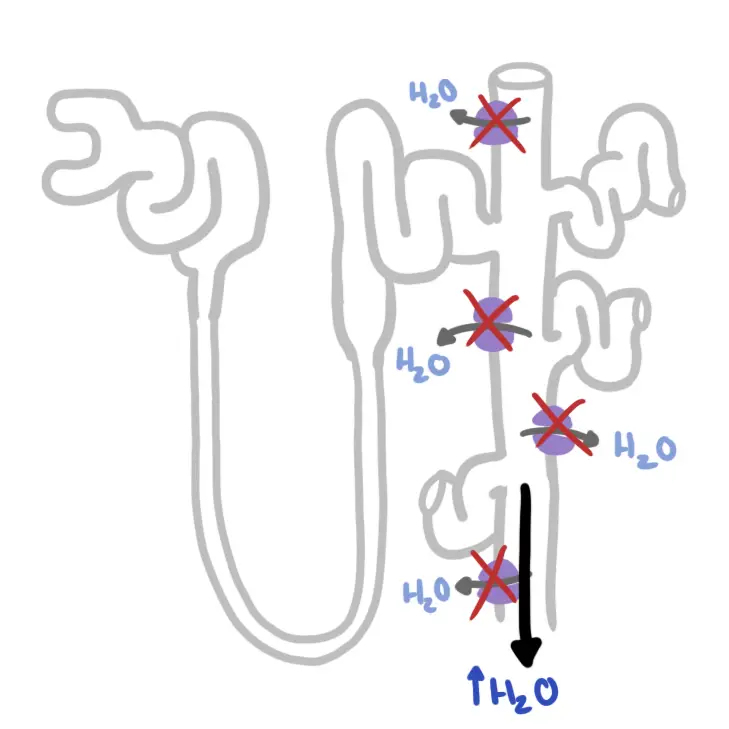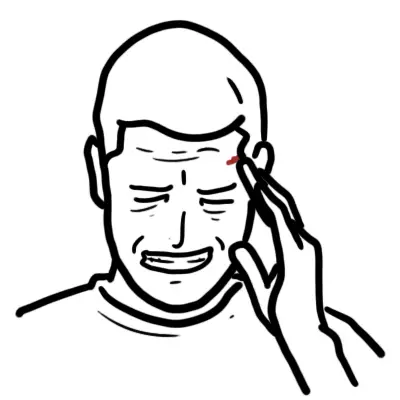Overview
Overview Schizophrenia is a complex syndrome often presenting in late teens/early 20s with positive, negative and cognitive symptoms. Positive symptoms include behaviours and thoughts that are not normally present (psychosis). Negative symptoms include social withdrawal and affective flattening. Finally, cognitive symptoms are expressed as a broad set of cognitive dysfunction. The average lifetime prevalence of narrowly defined schizophrenia is just under 1%, but only about half of those affected ever obtain treatment. Schizophrenia on average has a shorter life than the rest of the population. Primary management are 1st and 2nd generation antipsychotics.
| Definition Pscyhosis: "Loss of contact with reality" Delusion: strongly held false belief that are not typical of patient background and culture Bizarre Delusions: Delusions that are totally implausible (eg, having been captured by aliens). Non-Bizzare Delusions: Delusions that are plausible (eg, wife cheating on me). Hallucination: Wakeful sensory experiences of content that is not actually present Illusions: Distortion or misinterpretation of real sensory stimuli |
Psychiatric Interview
Interview
History
- History of presenting Illness
- Medical history - Psychiatric as well
- Admissions
- Medication history
- Drug and Alcohol
- Forensic History
- Social History
- Relationship
- Work
- Developmental history
- MSE
| Mini State Examination (MSE) | Findings in Shizophrenia |
| Appearence and Behaviour | Desheveled, internally preoccupied, ↓eye contant/intesnse stare, stiff/agitated/slowed |
| Speech | Mumbled, ↓content and spontaneity |
| Mood and affect | Depressed, angry, anxious, flattened and inappropriate affect |
| Thought form and though content | Disorganised, vague, tangential (word salad), focused/preoccupied, bizarre delusions |
| Cognition | Deficits common |
| Insight | Variable |
| Perception | Responds to stimuli |
Mental State Examination (ABCDEFGHIJ)
- Appearence and Behaviours
- Cognition
- Delusion (Thought content)
- Emotion (mood and affect)
- Thought Form
- Gab (speech)
- Hallucinations and illusions (perception)
- Insight and Judgement
| When Can Confidentiality be breeched |
| Duty of Care - patient harm to self/others |
| Mandatory reporting - child abuse, STI |
| Criminal Law - police want information |
| Guardianship act - cases of anorexia |
| Court ordered - stepede |
Risk Factors
- Prenatal and perinatal events - complication in fetal life and born in late winter, early spring increases risk
- Paternal age - older fathering increased risk of child
- Urban environment - more common in disadvantaged areas (less support)
- Migration status - increased rates amongst migrants
- Drug abuse - persistant abuse of amphetamine, methamphetamine and cocaine. Cannabis increases rates of psychotic episodes.
- Social adversity - physical abuse, sexual abuse, maltreatment and bullying
Stages of Schizophrenia
| Stages of Schizophrenia and its features | ||
| Stage | Description | Features |
| I | Risk (Premorbid) |
|
| II | Prodrome |
|
| III | Acute psychosis |
|
| IV | Chronic psychosis (Residual) |
|
Signs and Symptoms
There are two categories of symptoms: positive and negative. The symptoms of schizophrenia usually begin between late adolescence and the mid-30s.
Positive symptoms
- Hallucination
- Delusions
- Disorganised thoughts and speech
- Disorganised behaviour
Negative Symptoms
- Apathy
- Self-neglect
- Blunted mood
- Decreased motivation
- Withdrawal
Cognitive Symptoms
| Definition Disorganized speech (thinking): derailment/loose associations (switching from one topic to another); tangential (answers rarely/loosely related); incoherent/word salad. |
Differential Diagnosis
| Remember Before diagnosing schizophrenia, remember to rule out any substance abuse, medications, or medical conditions that could be causing the psychotic symptoms. |
| CHARACTERISTICS OF SCHIZOPHRENIA AND MOOD DISORDERS | ||
| Diagnosis | Psychotic symptoms | Mood Disorder |
| Schizophrenia | Present | Brief duration of mood symptoms |
| Shizoaffective disorder | Present along with and in the absence of mood disorder | Present only with psychotic symptoms |
| Mood disorder | Present only during mood disorder | Present in the absence of psychotic symptoms |
| Primary psychosis (Illnesses with Psychosis) | Clinical features |
| Schizophrenia | |
| Schizophreniform | Duration of symptoms is at least one month but less than six months |
| Schizoaffective disorder | Mood episode concurrent with active-phase symptoms; mood symptoms present for a substantial portion of the disturbance; delusions present for two weeks without prominent mood symptoms |
| Delusional disorder | Nonbizarre delusions, absence of hallucinations, disorganized speech or behavior, negative symptoms |
| Schizoital personality disorder | |
| PTSD | Traumatic inciting event; symptoms relate to reliving or reacting to the event |
| Obsessive compulsive disorder | Prominent obsessions, compulsions, and preoccupations with appearance or body odor, hoarding, or body-focused repetitive behaviors |
| Substance induced | Abnormal vital signs, needle marks, poor nutrition. |
| Secondary psychosis | Features |
| Thyroid disease | Coarse hair and skin, exophthalmos, goiter, pretibial myxedema, tachycardia/bradycardia, tremor |
| Adrenal disease | Abdominal striae, buffalo hump, hirsutism, moon face, proximal muscle weakness |
| Hepatic encelopathy | Ataxia, dysarthria, hepatomegaly, hyperreflexia, jaundice, Kayser-Fleischer rings in the cornea |
| Wilson's Disease | |
| Alzhiemers Disease | Cognitive/memory deficits, abnormal results on Mini-Mental State Examination |
| Huntington's | |
| Stroke | |
| Malignancy | Focal neurologic deficits |
Investigations
- FBC
- Thyroid function test - rule out hyperthyroidism
- Drug screening
- HIV screening - HIV can cause psychotic symptoms
- CT/MRI - rule out malignancy/dementia
Pathophysiology
Sorry no image yet
Management
Non-pharmacological
- Cognitive behavioral therapy (commence at risk groups)
- Medication review
- Regular review
- Motivational interviewing, social skills training
- Electroconculsive therapy
Pharmacological
First Generation (typical) antipsychotics
- Haloperidol
Second Generation (atypical) antipsychotics (fewer side effects)
- Risperidone
- Olanzapine (not first-line)
- Closzapine (not first-line)
| Pharmacology First Generation (Typical) Antipsychotics - D2 receptor antagonist in mesolimbic and mesocortical pathways. Side effects: extrapyramidal symptoms (dystonias, Parkinsonan symptos, and akathisia), prolactinemia (impotence, amenorrhea, hynecomastia), and tardive dyskinesia. Second generation (Atypical) Antipsychotics - D2 receptor antagonist and serotonin 2A receptor antagonist. Side effects: metabolic syndrome, obestiy. |
Serious Side-effects of Anti-psychotics
- Unfortunately, tardive dyskinesia is usually a permanent condition and can be both disfiguring and disabling.
- Neuroleptic malignant syndrome (NMS) is the most severe potential side effect and can occur with any antipsychotic at any time during treatment
- Clozapine is beneficial, especially in treatment-resistant schizophrenia, but has a significant adverse effect in that it can cause agranulocytosis.
| Scheduling (must assess patient within 24hrs of admission) |
| Mentally ill or disorder |
| Facility and treatment available |
| Risk to themselves or others |
| Least restrictive method |
| Practioner must not be a carer or friend |
| They wont admit voluntarily |
Complications and Prognosis
Consequences/Complications
- Psychological – depression (70%), suicide (10%), substance abuse
- Social – isolation, relationship loss, interpersonal issues, poor social function
- Financial – poor academic / work attendance & performance, cost of treatment
- Family – guilt, worry, shame, stigma
- Community – discrimination, social disruption, burden on healthcare system
Prognosis
- 20% -> full recovery
- 30% -> multiple episodes with reasonable inter-morbid function
- 50% -> significant ongoing impairment
| Good prognostic factors | Poor prognostic factor |
| Acute onset | Poor premorbid functioning (most important) |
| Later age at onset | Early onset |
| Shorter duration | Negative symptoms |
| Female gender | Single, divorced, or widowed status |
| Good cognitive function | Poor support system |
| Good premorbid function | |
| No family history | Family history of schizophrenia |
| Presence of affective symptoms | |
| Absence of structural brain abnormalities | |
| Good response | |
| Good support systems |
Chronic Schizophrenia
Chronic schizophrenia is an enduring syndrome of delusions, hallucinations, flatness of affect, poverty of speech or incoherence of speech. Other symptoms may occur, including mood symptoms, cognitive problems and movement disorders.
- Symptoms of schizophrenia may be episodic or continuous.
- Up to 90% of people with schizophrenia have a chronic physical illness.
- There is a two-to-three-fold increase in mortality from suicide, accidents and medical disease
- Increase risk of cardiovascular disease
| Remember Ideally, people with chronic schizophrenia should have ongoing access to specialist services, such as a private psychiatrist or public mental health services. Some people with chronic schizophrenia are managed solely by their GP. Many patients struggle to find specialist services that are available, accessible, affordable and acceptable |
Treatment
- Pharmacological
- Atypical antipsychotics - most frequently used medications in the management of schizophrenia.
- Atypical antipsychotics
- Non-pharmacological
- Education
- Be aware of, and encourage, engagement with community-based services.
- Support family and/or carers.
- Consider practical needs (eg housing)
- Consider language and cultural barrier
- CBT - treat persistent auditory hallucinations
- Regular daily exercise
Monitoring
- Smoking status
- Weight
- Waist circumference
- Blood Pressure
- Fasting glucose
- Lipids
- Prolactin
- ECG
- LFT
- Neurological examination
- Eye examination
- Contraception (women)
| Remember Metabolic syndrome has become more prevalent due to the use of newer antipsychotics, which have been associated with greater weight gain and higher fasting glucose, cholesterol and lipid levels |

